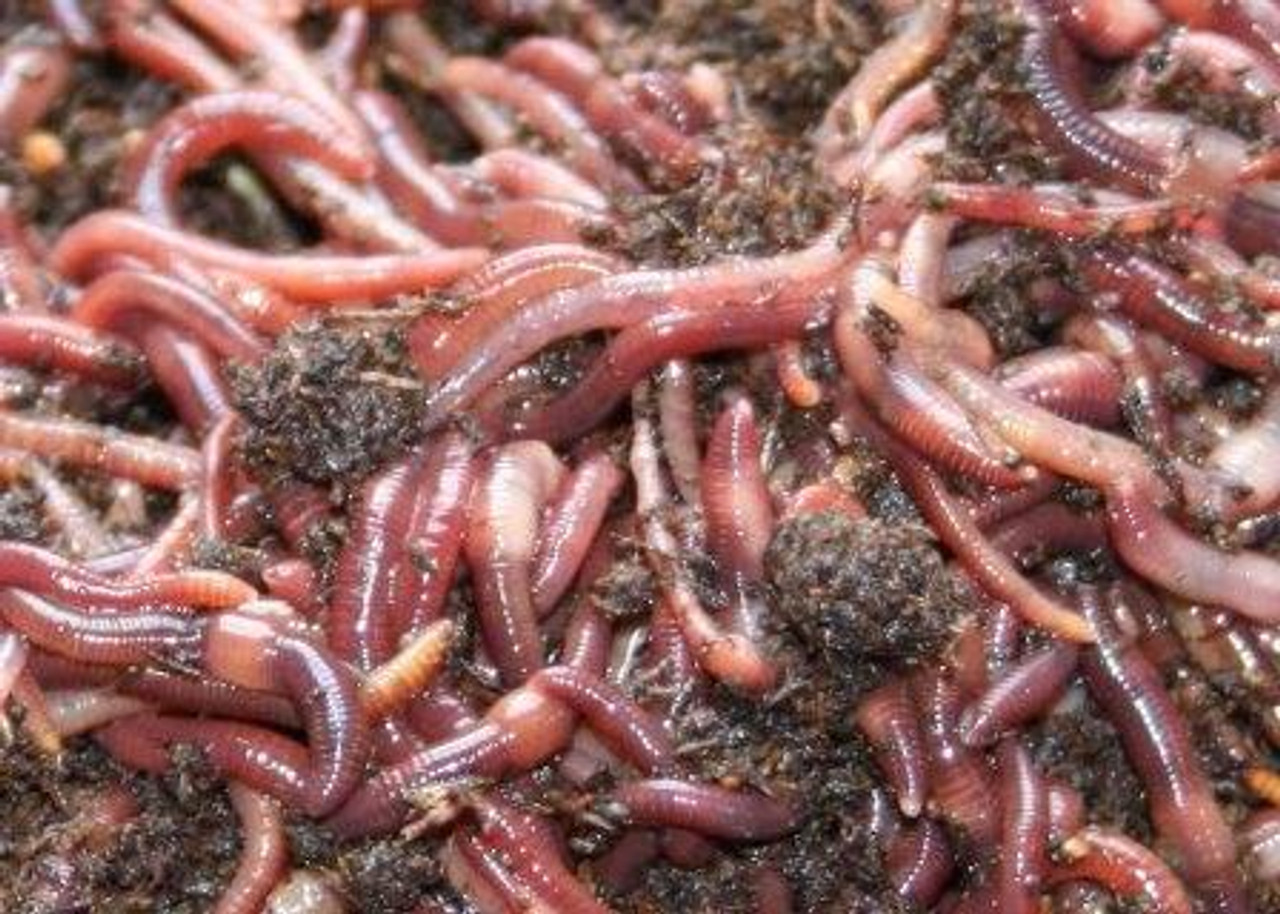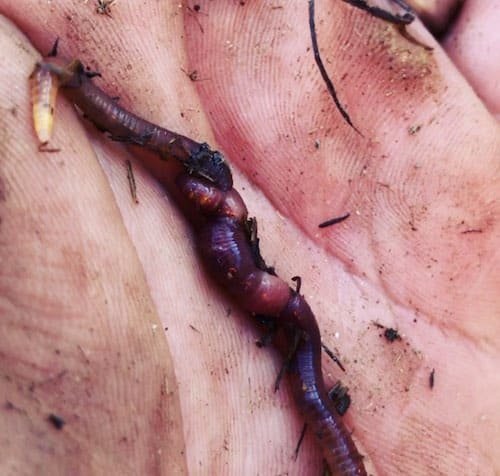Get Your Lawn in Top Shape with the Help of Lake Hickory Bait Lawn Care Solutions
Get Your Lawn in Top Shape with the Help of Lake Hickory Bait Lawn Care Solutions
Blog Article
The Amazing Globe of Red Wigglers: Increase Your Soil Fertility Today
These little yet reliable organisms transform natural waste into useful worm spreadings, substantially improving soil wellness and advertising lasting techniques. As we check out the benefits of vermicomposting and the practical actions to develop a reliable worm bin, the possible effect of these worms on your horticulture success comes to be significantly obvious.
Understanding Red Wigglers
Red wigglers, scientifically called Eisenia fetida, are a varieties of earthworm that play a crucial function in enhancing soil fertility. These worms thrive in organic-rich environments, such as compost heap and rotting plant product, where they eat organic waste and eliminate nutrient-dense castings. Their distinct composition, featuring a fractional body and a clitellum, permits them to recreate quickly and successfully procedure big quantities of organic matter.

The ecological relevance of red wigglers extends past simple waste handling; they add to the soil food internet, promoting a diverse neighborhood of microorganisms that better enhance soil wellness. Comprehending the biology and habits of red wigglers is crucial for harnessing their full possibility in sustainable farming and gardening practices.
Benefits of Vermicomposting
(Red Wiggler Express)Using the power of red wigglers through vermicomposting deals many benefits that dramatically improve soil health and wellness and fertility. Among the key benefits is the manufacturing of nutrient-rich worm spreadings, which are an excellent all-natural fertilizer. Red Wiggler Express. These spreadings include crucial nutrients like nitrogen, phosphorus, and potassium, advertising durable plant development and boosting plant yields
The existence of worm castings improves soil structure, permitting for much better water retention and drain. Red wigglers help break down organic issue, increasing decomposition and reusing nutrients back into the soil.
Vermicomposting additionally cultivates microbial activity, which is vital for a healthy soil ecosystem. Beneficial microorganisms prosper in the presence of worm spreadings, helping in the breakdown of organic products and improving nutrition accessibility to plants.
Finally, vermicomposting works as an effective waste management solution, decreasing landfill waste by recycling kitchen area scraps and various other organic materials. This not only contributes to environmental sustainability however additionally advertises a circular economy within gardening and farming.
Exactly How to Set Up a Worm Bin
Establishing up a worm bin is an uncomplicated procedure that can significantly improve your composting efforts. Begin by choosing a proper container, which can range from a commercially offered worm bin to a basic plastic or wooden box (Red Wiggler Express). Make certain the container has ample air flow; little holes in the cover and sides will certainly assist in air circulation
Next, develop a bedding layer to give a comfy environment for the red wigglers. This can be made from shredded newspaper, cardboard, or coconut coir, dampened to a damp, sponge-like uniformity. Load the container to around one-third full with this bed linen material.
When the bed linen is prepared, it's time to introduce the worms. Find Out More Red wigglers thrive in natural waste, so place them carefully onto the bed linens. Cover the worms with a light layer of added bed linen to assist them accommodate.
Feeding Your Red Wigglers
Providing the ideal food for your red wigglers is important for their health and wellness and the effectiveness of your composting system. Red wigglers flourish on a different diet, mostly including natural materials such as fruit and vegetable scraps, coffee grounds, and shredded paper. These products not only provide essential nutrients however additionally add to the microbial activity in the worm bin, which is critical for the worms' digestion.
It is essential to avoid specific foods, such as dairy products, oils, and meats, as these can attract pests and create undesirable smells. Furthermore, citrus peels and overly zesty foods ought to be restricted due to their prospective to damage the worms. A balanced strategy to feeding entails keeping an eye on the amount of food presented to the bin, ensuring that it is taken in within a practical amount of time to stop excess waste build-up.
To promote optimum food digestion, it is advantageous to cut or shred larger food things prior to adding them to the container. This method enhances the surface location for microbial action, helping with quicker decay and improving the general performance of your composting system. Regularly observing the worms' feeding routines will certainly assist you change their diet regimen as essential.
Using Worm Spreadings in Your Garden

(Red Wiggler Express)Incorporating worm castings into your yard can be achieved by mixing them right into the soil or using them as a leading dressing. The slow-release nature of these castings guarantees that nutrients are available to plants over an extended duration, decreasing the need for artificial plant foods. In addition, worm castings include valuable microorganisms that promote healthy and balanced dirt communities, improving the total durability of your yard.
To make best use of the benefits, aim to apply approximately one component worm castings to 3 components dirt in your planting beds. Routine applications can result in enhanced crop yields and healthier plants, making worm castings an indispensable resource for both amateur and experienced garden enthusiasts alike. By using this all-natural change, you can grow a thriving yard while adding to lasting horticulture practices.
Final Thought
In conclusion, red wigglers exhibit the crucial function of vermicomposting in improving dirt fertility. Their ability to convert natural waste into nutrient-rich spreadings significantly enhances dirt structure and sustains microbial diversity.
Report this page